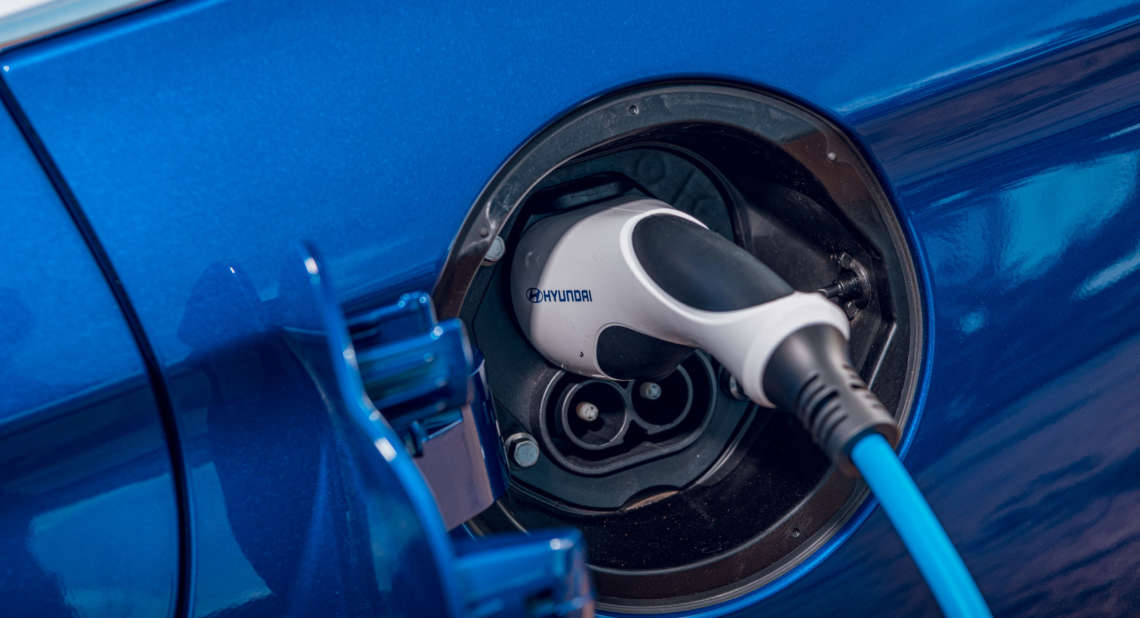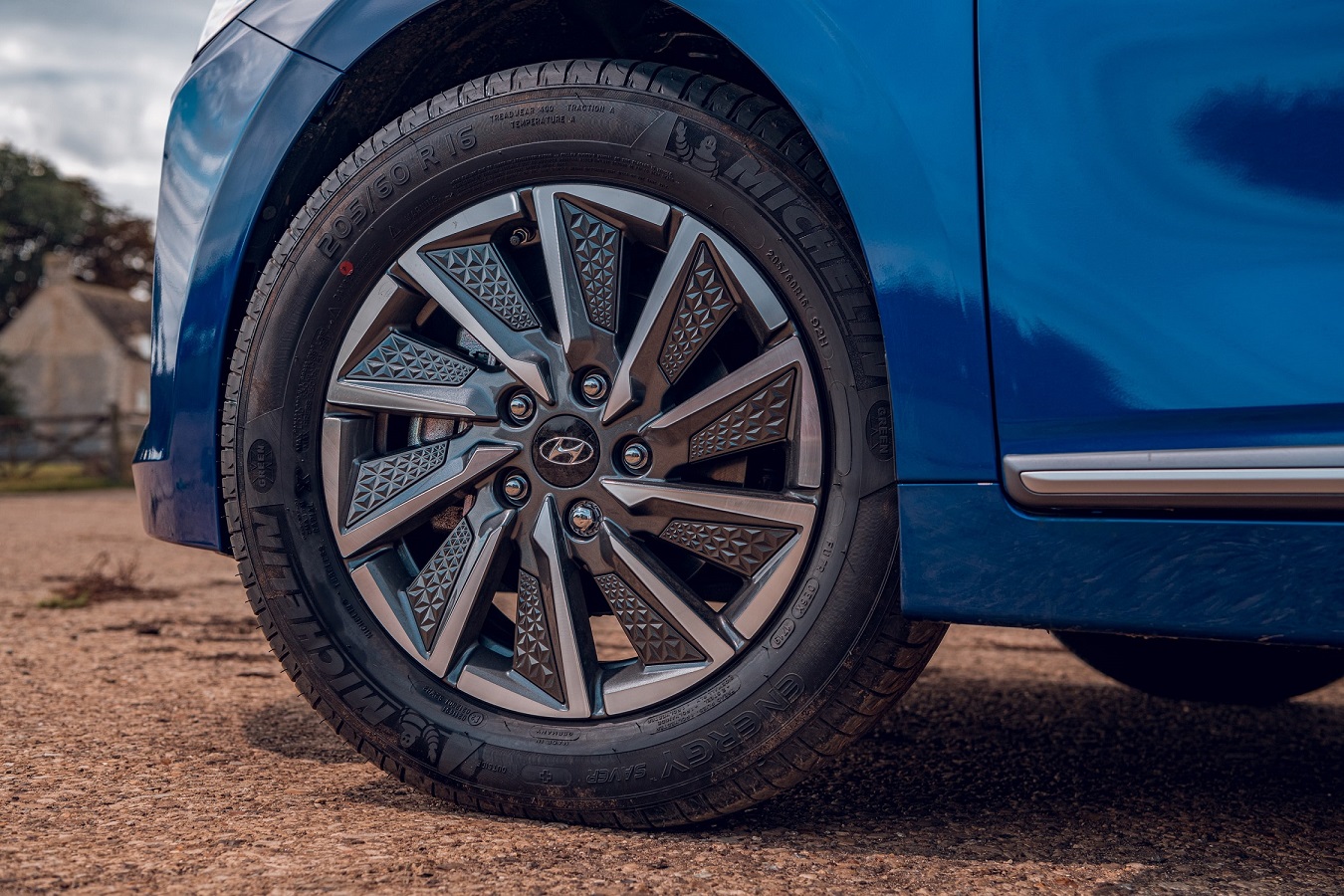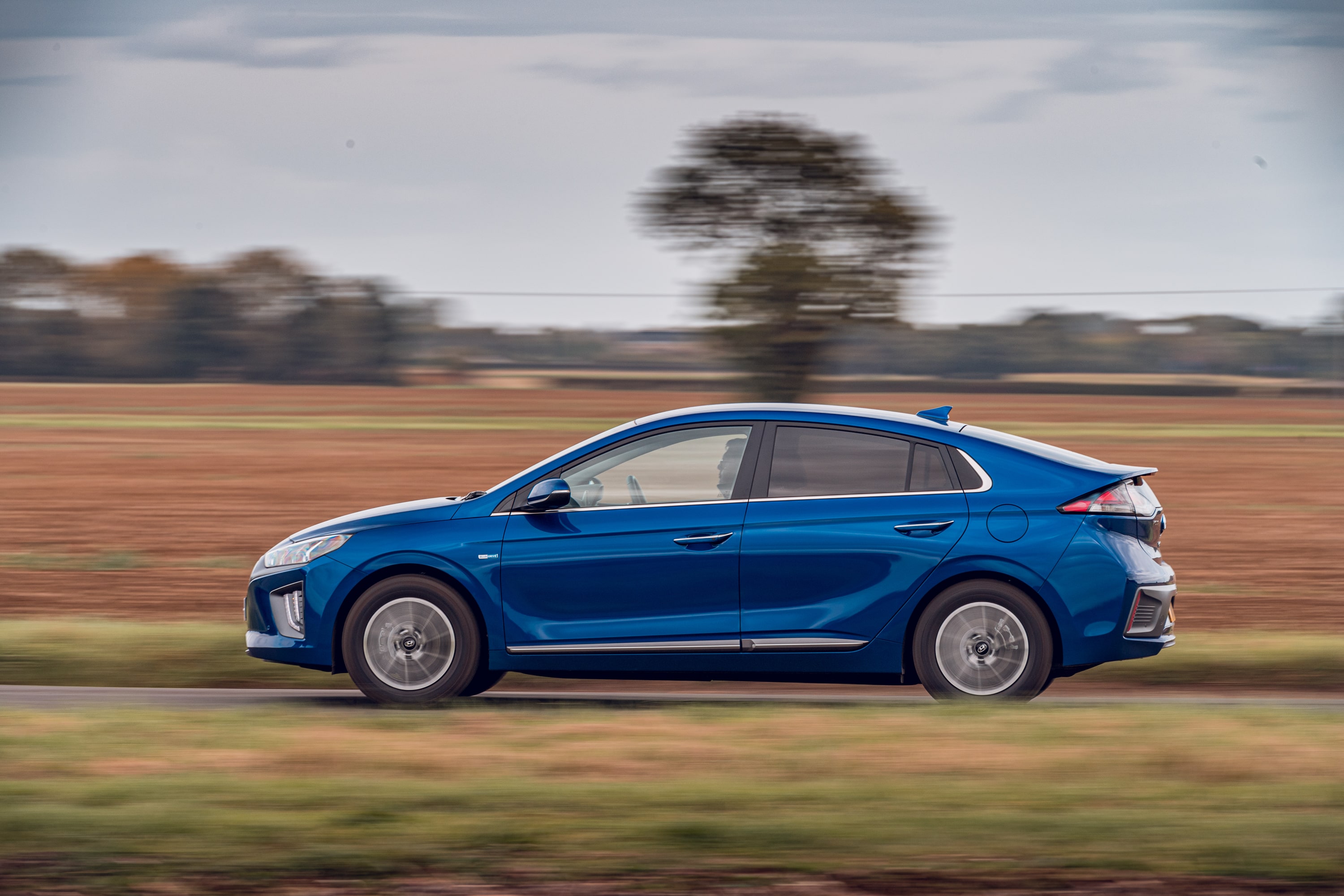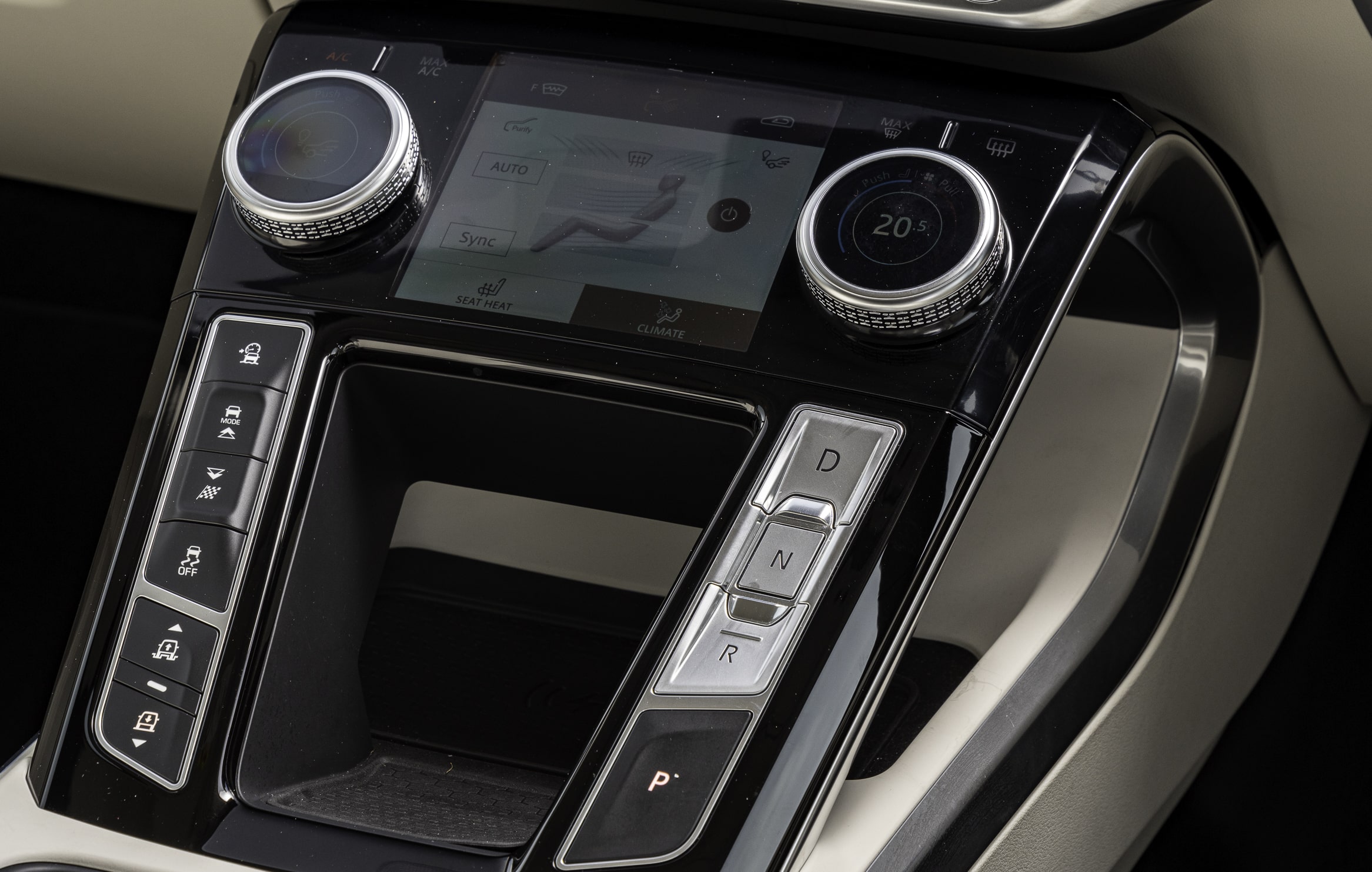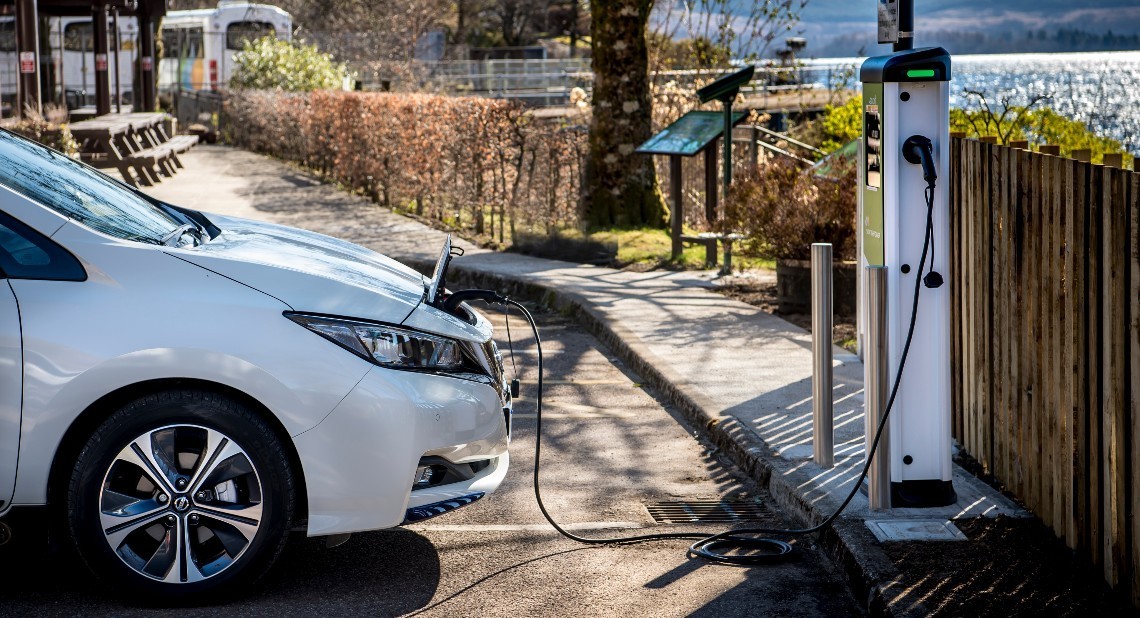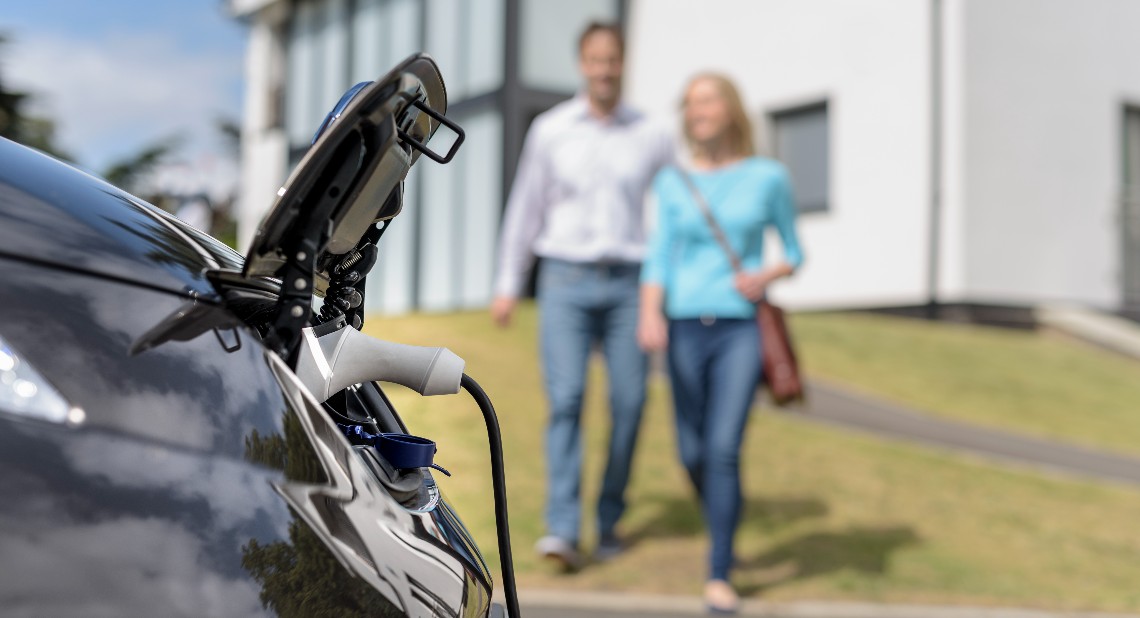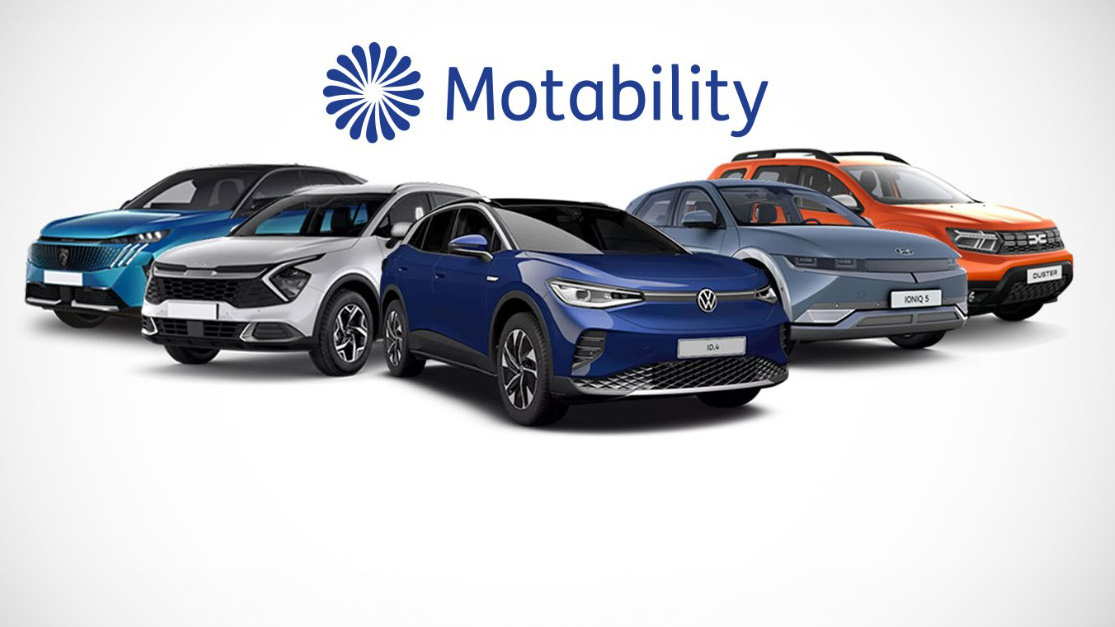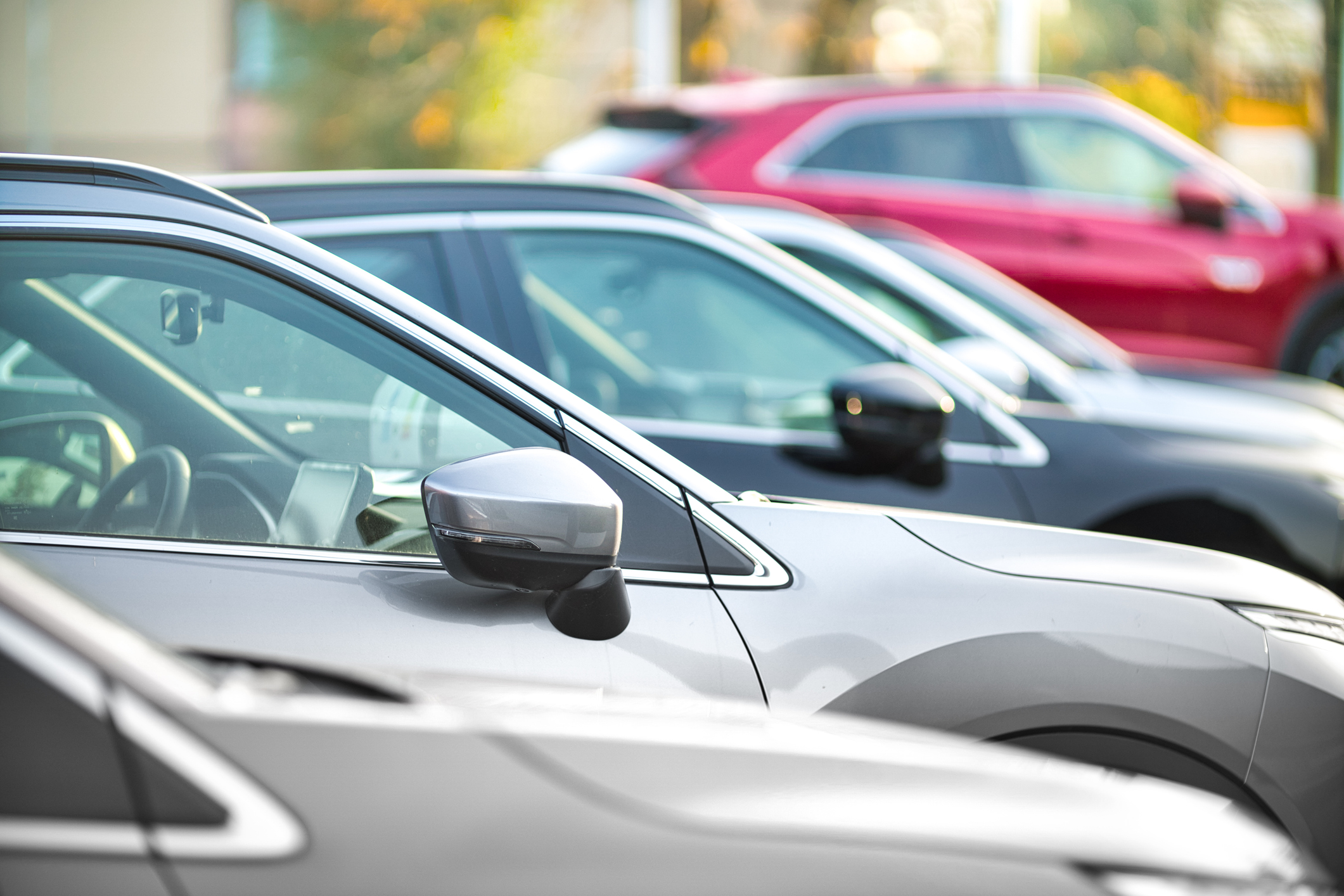Whether you drive an electric car or are considering getting one, it’s worth knowing about these important maintenance checks. Read these tips by Jack Evans from PA Motoring Service to learn more.
The differences between electric cars and their petrol or diesel-powered counterparts are pretty clear. After all, an EV requires plugging in to charge up, doesn’t require any traditional ‘fuel’ and they don’t emit any CO2 from the tailpipe, either.
However, there is some common ground when it comes to maintenance. Although electric cars have no engine requiring a service, there are other areas in which a battery-powered car needs routine checks. Let’s take a look at what they are.
Tyres
Tyres are a pretty obvious one. Much the same as a petrol or diesel car, tyres on an electric car are crucial when it comes to safety. Many electric cars use eco-focused tyres, too, which provide a lower rolling resistance and therefore work to help increase range.
Tyre pressures are an important check for both electric and traditional cars
They require all the same checks, too. Have a look around the sidewall of the tyre and make sure there aren’t any cuts or slashes, while there needs to be a minimum of 1.6mm of tread, too. Tyre pressures are absolutely crucial on an EV; even a small change in pressure could quickly have a knock-on effect on range. Make sure they’re topped up to the manufacturer’s recommended pressures.
Brakes
Electric vehicles benefit from reduced brake wear courtesy of regenerative braking. This uses the electric motors to harness some of the energy usually lost during deceleration and this is then used to add a little bit of energy to the battery. It’s not enough to keep the battery fully topped up, but it can certainly help. Essentially, the motor is used to slow the car down instead of the brakes.
This process means that you don’t need to use the conventional brakes quite as often. However, they’ll still need checking for wear and pitting and will need to be replaced when worn out – just like those on a petrol or diesel car. The brake fluid will also need to be topped up or replaced if required.
Coolant
One of the often forgotten aspects of electric car maintenance is coolant. It’s used in the car’s thermal management system to help maintain a constant temperature for the battery and some other electrical components.
As a result, it’s very important. However, in most EVs the coolant system is sealed and will need to be topped up by a trained technician and shouldn’t be conducted at home.
Windscreen wipers
Windscreen wipers are a basic but hugely important component of a car. After all, you can have the most technologically advanced of cars but if you can’t see clearly out of the front then things quickly begin to unravel.
So if the wipers on your car are smearing or failing to clear water properly from the windscreen or rear screen, make sure they’re replaced. This can be easily done at home, though most retailers will be able to fit them for you should you need them to.
Air conditioning and filters
Air conditioning comes as standard on electric vehicles and it also plays a key role in the pre-conditioning systems that many EVs offer. This allows you to pre-set a cabin temperature for a certain time, which the car will then automatically achieve. It means you can have a toasty warm car when it’s cold outside, or a cool interior when it gets hotter. As a result of these features, it’s important to make sure that the air conditioning is operating properly. At times, it might need re-gassing to ensure it’s working correctly.
Plus, cabin filters will need replacing at certain intervals too. These help to take out pollen and pollution from the air before it’s sent into the cabin. To ensure that the air entering the car is as clean as possible, it’s always worth changing out these filters.
This article was written by Jack Evans and PA Motoring Reporter from PA Motoring Service and was legally licensed through the Industry Dive Content Marketplace. Please direct all licensing questions to legal@industrydive.com.
Related articles
Electric Cars: Information and Driver’s Guide | The Motability Scheme
Electric cars available on the Motability Scheme
6 ways to maximise your electric vehicle’s driving range
![]()
